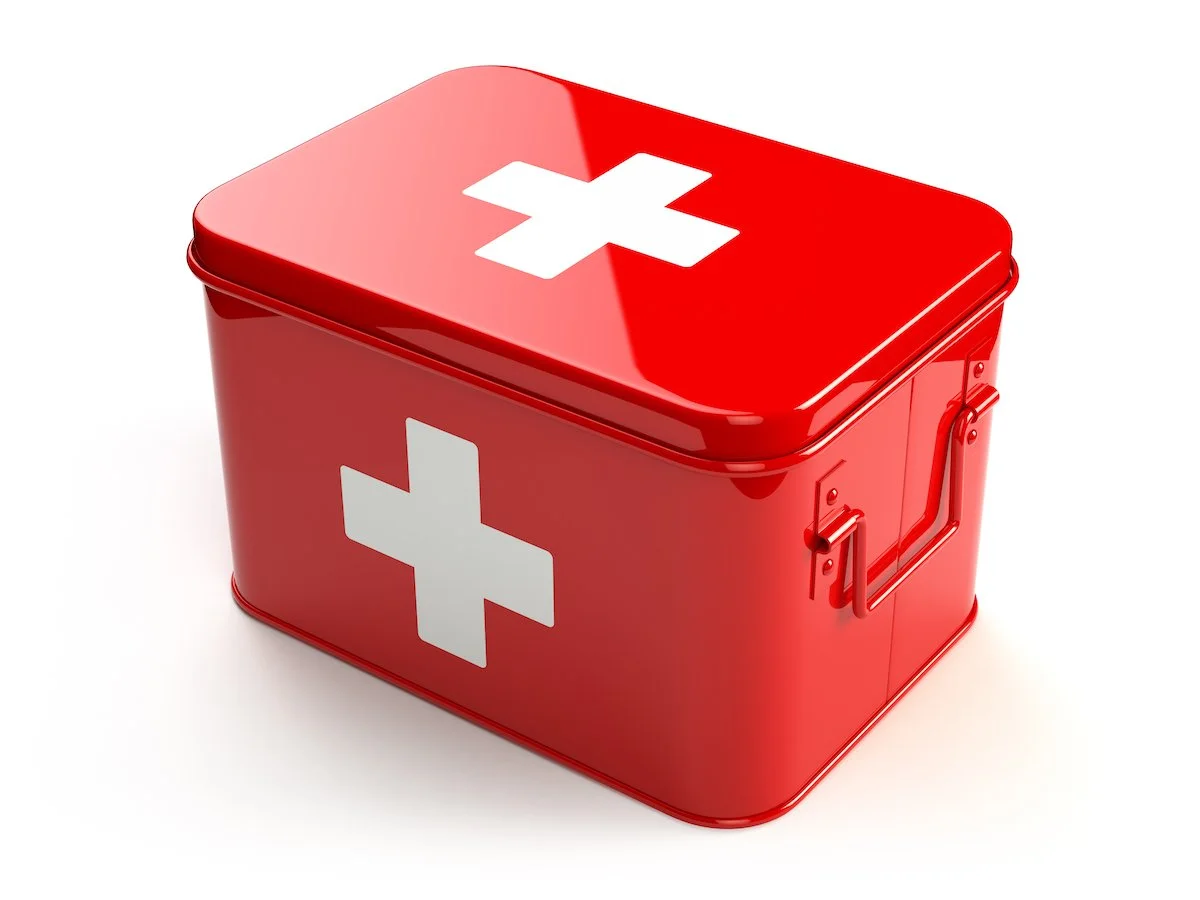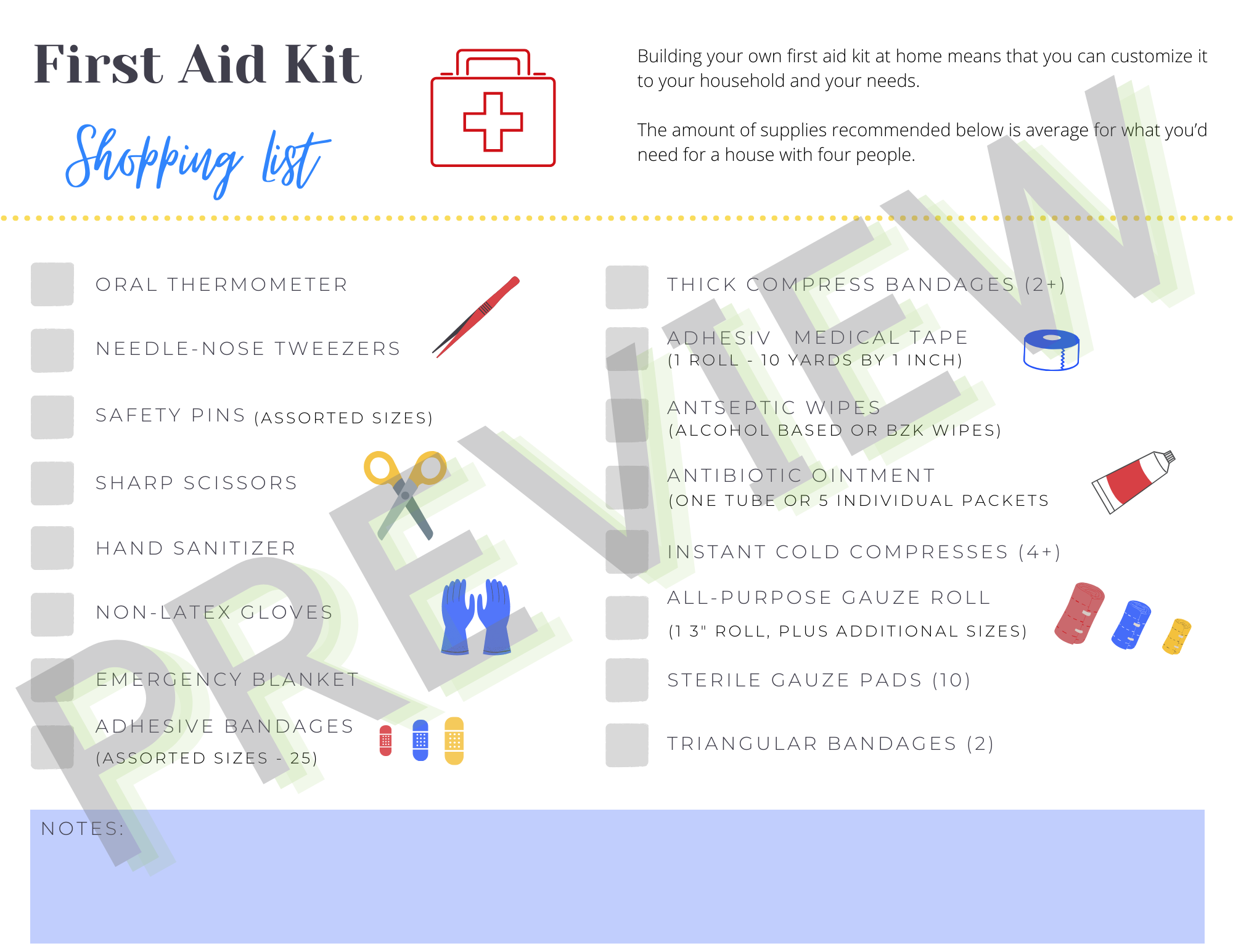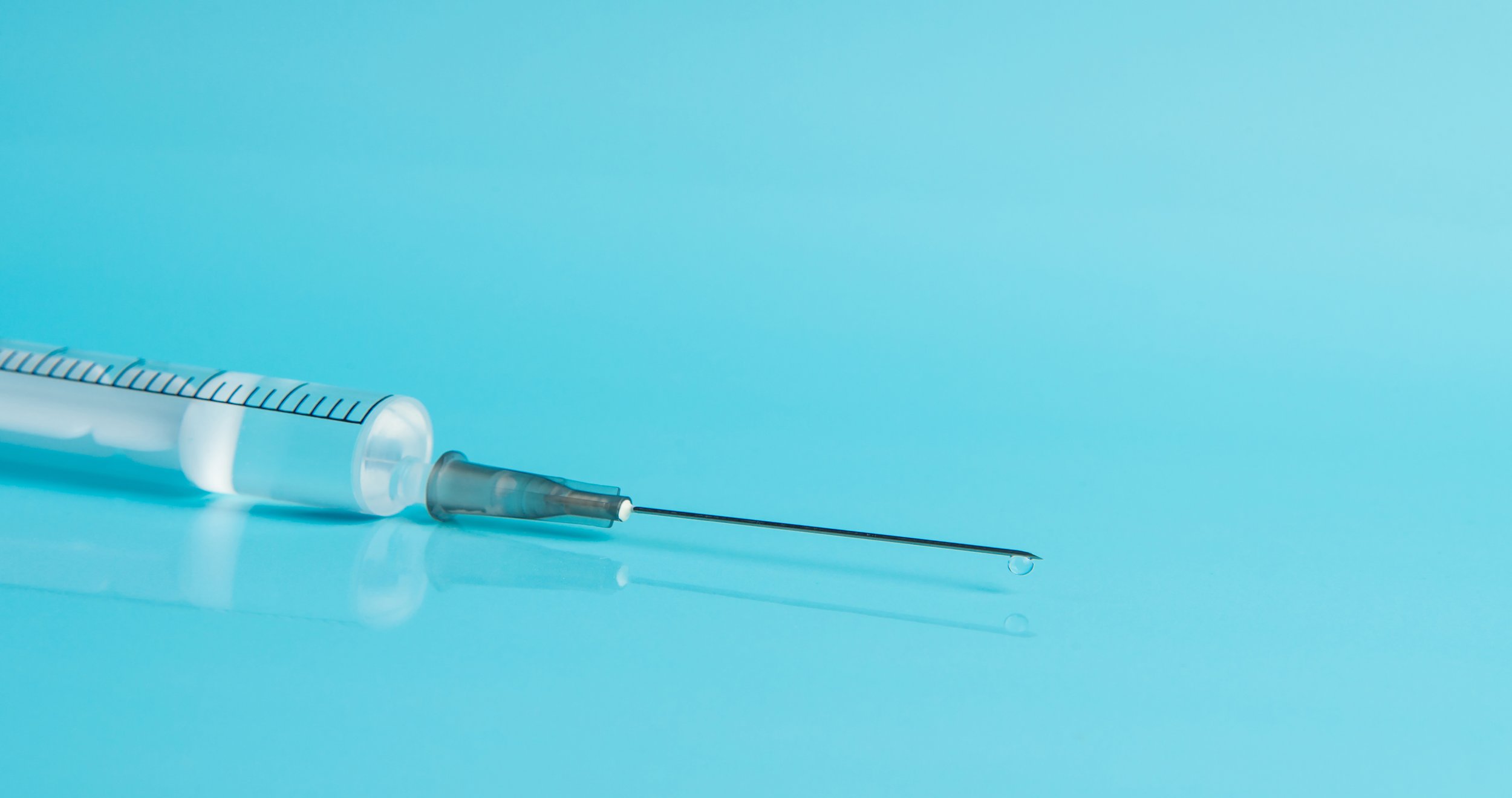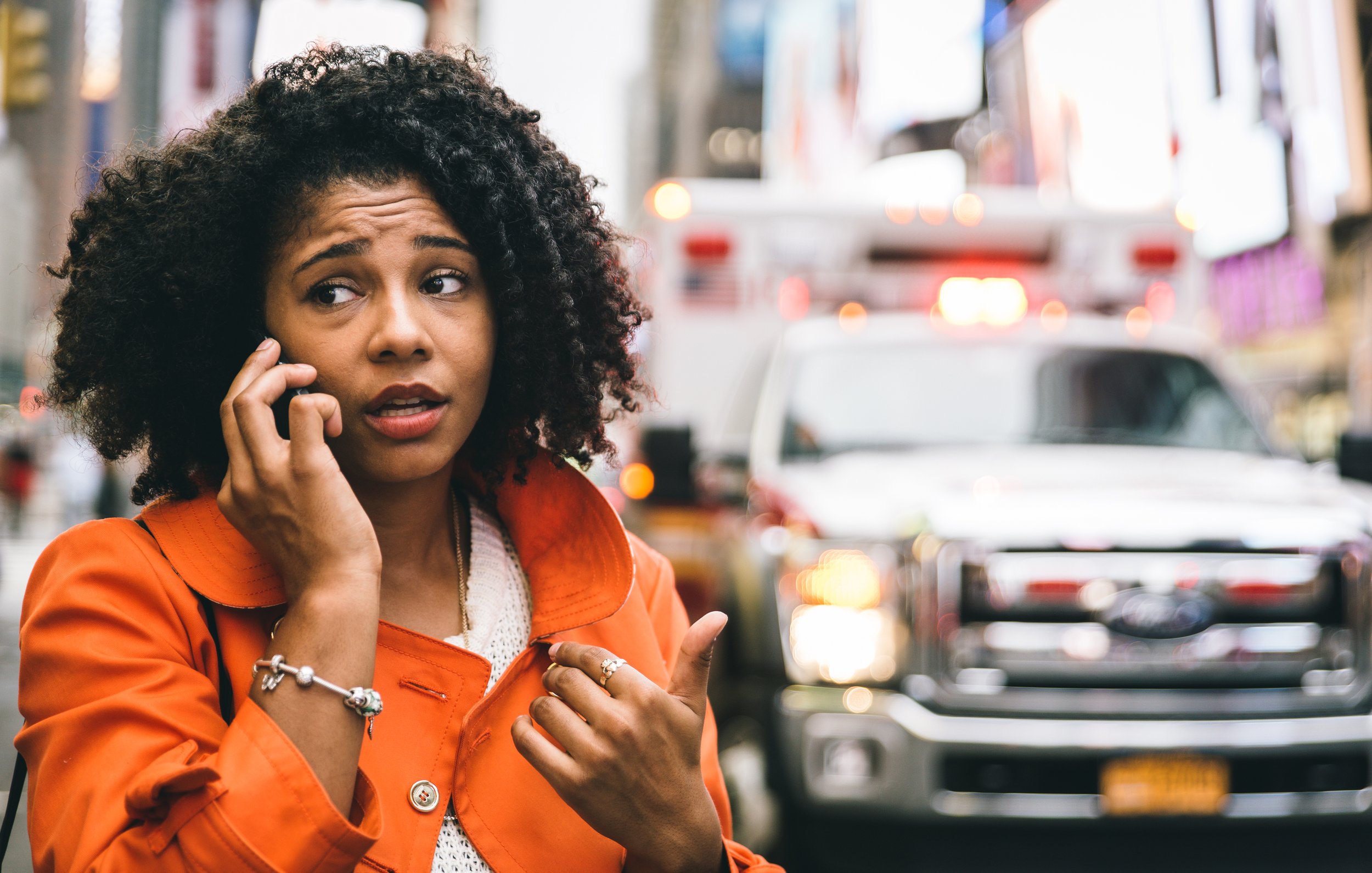First Aid - Building Your First Aid Kit
Languages: English
Media Editing: The video module(s) in this subject are editable under our Content Studio offering unless otherwise indicated. For more information about Content Studio, contact your CSM.
Description: Building your own first aid kit at home means that you can customize it to your household and your needs. In this subject, we'll give you a general overview of where to keep your kit, how to store it, and what type of information you should include in it. You'll also learn what kind of general and trauma supplies you should include so that you'll be prepared for minor and major medical emergencies.
Languages: English
Media Editing: The video module(s) in this subject are editable under our Content Studio offering unless otherwise indicated. For more information about Content Studio, contact your CSM.
Description: Building your own first aid kit at home means that you can customize it to your household and your needs. In this subject, we'll give you a general overview of where to keep your kit, how to store it, and what type of information you should include in it. You'll also learn what kind of general and trauma supplies you should include so that you'll be prepared for minor and major medical emergencies.
Languages: English
Media Editing: The video module(s) in this subject are editable under our Content Studio offering unless otherwise indicated. For more information about Content Studio, contact your CSM.
Description: Building your own first aid kit at home means that you can customize it to your household and your needs. In this subject, we'll give you a general overview of where to keep your kit, how to store it, and what type of information you should include in it. You'll also learn what kind of general and trauma supplies you should include so that you'll be prepared for minor and major medical emergencies.
Topics
First Aid Kit Overview
-
When you need to give first aid at home, you don’t want to waste valuable time searching through your home for your first aid kid or for the supplies or medications that should be in it. In this topic, we’ll go over some general best practices for storing your kit, the types of medications that should be in it, as well as the type of information you should include about your family members that can help them in the of case of an emergency.
-
Questions (level 1, 2)
Video module
-
This topic is currently available in English.
-
Keep your first aid kit in a central location in your home. It should be somewhere you remember and can easily find during an emergency.
Include emergency contact numbers in your kit: EMS/911, poison control, your family doctor, as well as family, friends, or neighbors who can help during an emergency.
When assembling your first aid kit, note the expiration dates on your supplies, so you can replace them as necessary.
Over-counter medications, such as aspirin, pain relievers like acetaminophen and ibuprofen, anti-nausea pills, and allergy treatments should be included in your first aid kit.
If possible, include prescription medications that your family members need, as well as dosage and frequency information.
Include a list of health-related information for your family. This should include their full names, dates of birth, height and weight measurements, allergies, medical conditions, and any previous surgeries or medical procedures.
Pack your supplies into a designated bag or container, and make sure it’s clearly labeled. It should have pouches or compartments to keep supplies organized so they’re easy to find and access.
General First Aid Kit Supplies
-
It can be overwhelming to think of everything you might need in an emergency. Making sure your first aid kit at home is well stocked can help give you peace of mind and save valuable time. This topic will go over some of the basic supplies you’ll need, like tweezers, safety pins, gloves, and more. Please note: The amount of supplies recommended in this topic is an average of what is needed for a house with four people.
-
Questions (level 1, 2)
Video module
PDF module (This module was created in a tool that is not supported by our Content Studio offering.)
-
This topic is currently available in English.
-
You should have an oral thermometer for taking temperatures.
Include a pair of needle-nose tweezers for slivers, ticks, and other small embedded objects.
Your kit should include safety pins in assorted sizes for securing slings or other fabric.
Pack a pair of sharp scissors that you can use for cutting bandages, clothing, and medical or cloth tape.
Include hand sanitizer to use before or after first aid treatment in case soap and water are not available.
Include non-latex gloves in your kit to protect against bloodborne pathogens and communicable diseases. Non-latex gloves are recommended due to the prevalence of latex allergies.
Your kit should include at least one emergency blanket to use during cold emergencies or if someone goes into shock.
Acquire an emergency first aid guide from your local first aid instruction center, or find an online reference and pack it into your kit, so you have something to reference in an emergency.
Preview of PDF module for “General First Aid Kit Supplies”.
Trauma Supplies in your First Aid Kit at Home
-
No one wants to need trauma first aid supplies, but being prepared for any type of accident or medical emergency is important. In this subject, you’ll learn what supplies to keep in your first aid kit that you can use when dealing with minor to major wounds. Please note: The amount of supplies recommended in this topic is an average recommendation for a house with four people.
-
Questions (level 1, 2)
Video module
-
This topic is currently available in English.
-
Your kit should include at least two thick compress bandages. These are used to treat heavy bleeding.
You should make sure to have around 25 adhesive bandages (band-aids) in assorted sizes in your kit.
Your kit should have adhesive medical or cloth tape to secure bandages, wraps, or other supplies. It’s recommended to have at least one roll of 10 yards by 1 inch.
Make sure to include plenty of antiseptic wipes to disinfect injuries and the surrounding site. These can be alcohol-based wipes or BZK wipes.
Include either a tube or several packets of antibiotic ointment in your kit.
Your kit should contain several instant cold compresses in your kit to treat inflammation and injuries.
Your kit should contain at least one roll of three-inch all-purpose gauze roll. It’s recommended to have multiple sizes of rolled gauze bandages, so you can secure gauze pads or bandages.
To treat minor to moderate bleeding, include at least ten sterile gauze pads in your kit.
Include at least two triangular bandages to form slings or secure bandages.







